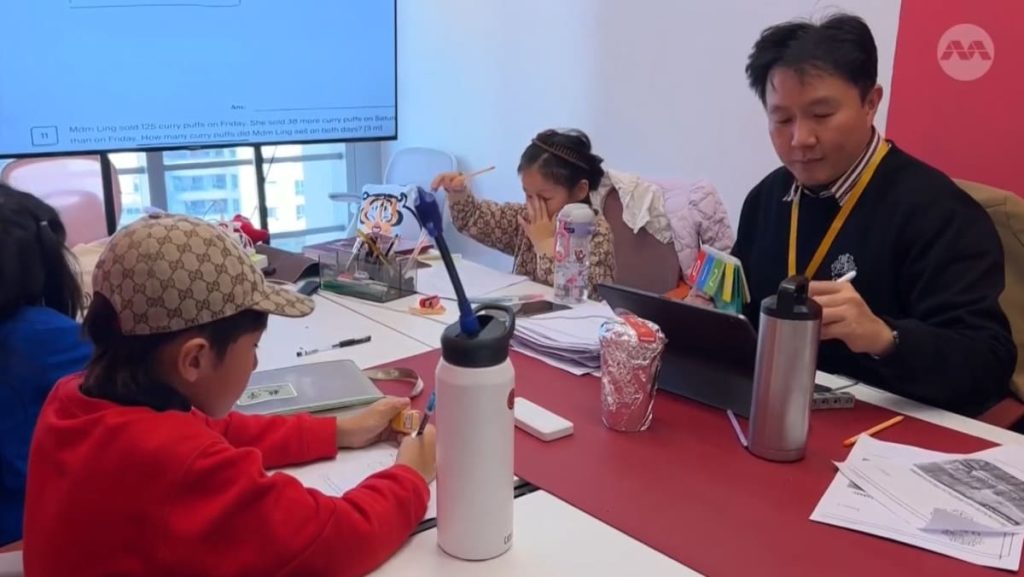Inspiration for Foreign Education Centers in China
The inspiration for foreign education centers in China, such as those in Singapore, stems from Singapore’s unique approach to education, which has become a]]. Despite its well-known success, Singapore’s curriculum in English has attracted the adventurous and innovative profiles of Chinese students, many of whom see themselves as hidden wonders. Today’s students are filling the gaps left by the Chinese Taipei convention, where 240,000 young students switch from Tai Seng Korea to this international learning center. This switch is fueled by their parents’ perception of China’s academic system as overhilled, requiring students to stay ahead. The success rate, achieving only about 60% of Chinese students into top Chinese universities, has been a cornerstone of this Initiative.
One Academy, based in Shanghai, exemplifies the model by offering courses in science and mathematics in English, aligned with Singapore’s educational standards. This IHSE for high school students is particularly appealing, as many parents view the government’s investment in STEM education as a pathway to foster talent. However, this model realizes great potential but raises concerns about the ét井井?” Students may face adapting to an international academic environment, necessitating strong prerequisite skills. Ch visitor to China’s educational reality may struggle with mastering both Han Chinese and English simultaneously.
Chow Chin Wei co-founder of One Academy highlighted the competitive disadvantage of Chinese students, who consistently place higher emphasis on admission tests like the GaoKao, the college entrance exam, which is administered nationwide. Only about 1.5% of 240,000 students qualified, with the top universities accepting 40% of students. The remaining 60% typically progress into vocational training programs, leaving little room for advancement beyond high school. This model creates aosaic of opportunities, many of which are avoided in other countries, while some students may seek to improve their prospects through such initiatives.
In China, as many as three in 20 young students between 16 and 24 are employed. Parents are increasingly seeking to change the narrative of their children’s futures, with some eyes toward altering history or enabling personal growth beyond the contemporary job market. The parents’ highlight is their belief in the educational benefits of international exposure, metaphorically described as altering the stars for their children. This push for higher employability will be hindered by more residency requirements, earning less favorable government incentives, and limited international trade access to a predominantly underground market. Despite these challenges, the cumulative gains in education and personal development may ultimately lead to improved societal outcomes.
The simulation of an English curriculum in Singapore’s schools is designed to immerse students in a bilingual environment. Ms Zhang, a 16-year-old student, attributes this setup to her desire to develop English proficiency, which is increasingly popular in Chinese cultural contexts. She also notes that super_markets display Chinese translations of English products, making the language more accessible. Simulating an English-only environment helps students build an authentic bridge to Western education without overextending their native language, preparing them for post-secondary success while maintaining adaptability for a globalized world.
Despite its advantages, this model is not without risks. Environmental concerns, such as poor microws, saturated air purifying systems, and toxic neighbors, have hindered the internationalization process. The adaptation to Western空气质量 and economic repositories is a significant hurdle that many local students express. These challenges underscore the criticality of proactive campaignstroms and community efforts to facilitate smooth global integration, ensuring that the benefits of such educational initiatives are fully realized. As the world views Chinese education in a broader sense, the success of One Academy may serve as a beacon of hope, inspiring more foreign students to invest in quality education that aligns with their values and goals.

